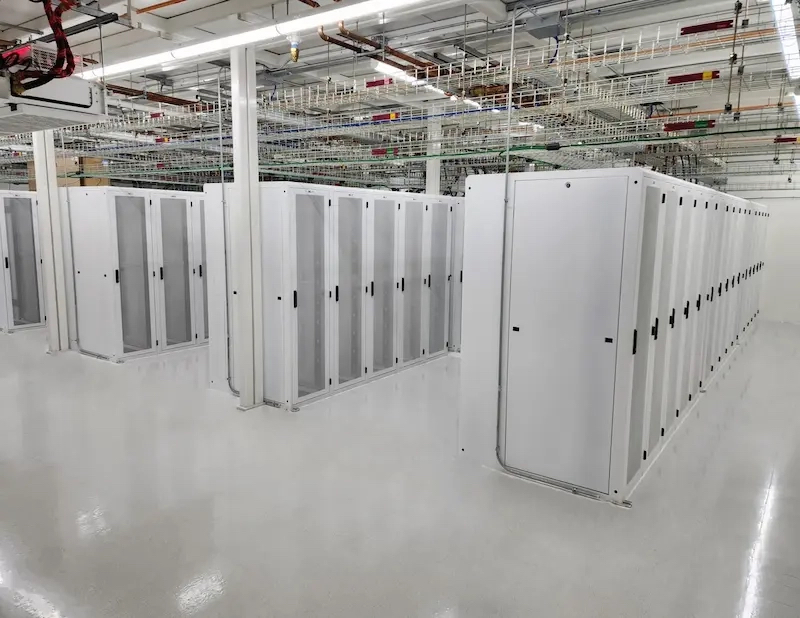At a recent public hearing held by the Pennsylvania Public Utility Commission (PUC), concerns were raised about the extreme energy demands posed by the rapid growth of data centers in Pittsburgh. C. James Davis, an executive at Duquesne Light Co., warned that if these demands are not properly managed, other customers could face increased costs, and the reliability of the electrical grid could be jeopardized.
Davis highlighted the scale of energy consumption associated with the data center boom, noting that the company’s peak load reached 2,700 megawatts last year. A single hyperscale data center can demand up to 1,000 megawatts, potentially accounting for as much as 30% of the peak load in Allegheny and Beaver counties. This immense demand raises questions about the sustainability of the grid amidst the influx of these energy-intensive facilities.
The PUC hearing, led by Administrative Law Judge Charles Rainey Jr., included testimony from representatives of major tech companies, including Google and Amazon Data Services. The discussions were aimed at developing a tariff structure for what the commission refers to as “large load” electricity customers, including data centers.
The uncertainty surrounding future energy consumption by data centers was a recurring theme during the hearing. PUC Vice Chairperson Kimberly Barrow noted that the emergence of new, massive energy users is unprecedented. “A hyperscaler data center can drain as much energy as a mid-sized city,” she stated, emphasizing the challenge of adapting the grid to these demands.
Adding to the complexity, Brendon Baatz, an executive at Google, pointed out that energy forecasts from PJM Interconnection, the grid operator for Pennsylvania and 12 other states, contain considerable speculation. “That speculation is causing us all a lot of headaches,” he said, underlining the difficulty in planning for future energy needs.

Darryl Lawrence, the state’s interim Consumer Advocate, expressed concerns about potential cost shifts to ratepayers due to the infrastructure required for data centers. He highlighted the risk of “stranded investments,” where utilities invest in grid improvements to accommodate new energy users, only to find that these entities consume less energy than anticipated, leaving existing customers to shoulder the financial burden.
Lawrence emphasized that large load customers may require specialized studies and infrastructure that typical industrial users do not need. This complexity raises questions about how to define what constitutes a “large load” and how to ensure that the costs of necessary upgrades do not fall disproportionately on consumers.
In discussing potential grid impacts, Davis warned that failing to manage the situation effectively could compromise the quality of power delivered to customers. He affirmed Duquesne Light’s commitment to supporting growth in large load sectors while ensuring reliability, affordability, and safety across the grid.
PUC Chairman Stephen DeFrank acknowledged the difficulties ahead, stating, “This is a challenging issue, but with great challenge comes great opportunity.” As the demand for data centers continues to rise, finding a balance between growth and grid stability will be crucial for the future of energy in Pittsburgh.



